Interpreter Design Pattern in Java
1. Introduction
The Interpreter Pattern defines a way to evaluate sentences (or expressions) in a language. It is useful when you have:
- A simple grammar.
- Repeated evaluation of expressions defined in that grammar.
2. Real-Life Analogy
Think about a calculator:
- If you type 2 + 3, the calculator interprets it as an expression and evaluates the result.
- Similarly, in software, if you define rules like "check if a number is even AND greater than 10", you can use the interpreter pattern to evaluate that.
3. Structure
- Expression (Interface) → Declares an interpret() method.
- TerminalExpression → Represents atomic values (like numbers or variables).
- NonTerminalExpression → Represents rules/operations (AND, OR, etc.).
- Context → Holds global information used during interpretation.
4. Custom Java Implementation Example
We’ll create a simple rule engine that interprets whether a given string satisfies some conditions using AND and OR expressions.
Step 1: Expression Interface
interface Expression {
boolean interpret(String context);
}
Step 2: Terminal Expression (Basic Rule)
class TerminalExpression implements Expression {
private String data;
public TerminalExpression(String data) {
this.data = data;
}
@Override
public boolean interpret(String context) {
return context.contains(data);
}
}
This checks if the input contains a specific word.
Step 3: Non-Terminal Expressions (Rules)
class OrExpression implements Expression {
private Expression expr1;
private Expression expr2;
public OrExpression(Expression expr1, Expression expr2) {
this.expr1 = expr1;
this.expr2 = expr2;
}
@Override
public boolean interpret(String context) {
return expr1.interpret(context) || expr2.interpret(context);
}
}
class AndExpression implements Expression {
private Expression expr1;
private Expression expr2;
public AndExpression(Expression expr1, Expression expr2) {
this.expr1 = expr1;
this.expr2 = expr2;
}
@Override
public boolean interpret(String context) {
return expr1.interpret(context) && expr2.interpret(context);
}
}
Step 4: Client (Using the Interpreter)
public class InterpreterPatternDemo {
// Rule: "John" OR "Mike"
public static Expression getMaleExpression() {
Expression john = new TerminalExpression("John");
Expression mike = new TerminalExpression("Mike");
return new OrExpression(john, mike);
}
// Rule: "Julie" AND "Married"
public static Expression getMarriedWomanExpression() {
Expression julie = new TerminalExpression("Julie");
Expression married = new TerminalExpression("Married");
return new AndExpression(julie, married);
}
public static void main(String[] args) {
Expression isMale = getMaleExpression();
Expression isMarriedWoman = getMarriedWomanExpression();
System.out.println("John is male? " + isMale.interpret("John"));
System.out.println("Julie is a married woman? " + isMarriedWoman.interpret("Married Julie"));
System.out.println("Mike is male? " + isMale.interpret("Mike"));
System.out.println("Alice is male? " + isMale.interpret("Alice"));
}
}
5. Output
John is male? true
Julie is a married woman? true
Mike is male? true
Alice is male? false
6. Benefits
- Easy to extend the grammar (just add new expressions).
- Makes it possible to evaluate custom rules dynamically.
- Decouples grammar definition from evaluation logic.
7. When to Use
- When the grammar is simple and stable.
- For parsing and evaluating expressions like SQL, regex, or business rules.
- In scenarios like compilers, calculators, and interpreters for domain-specific languages.
 (22).png)
 (17).png)
.png)
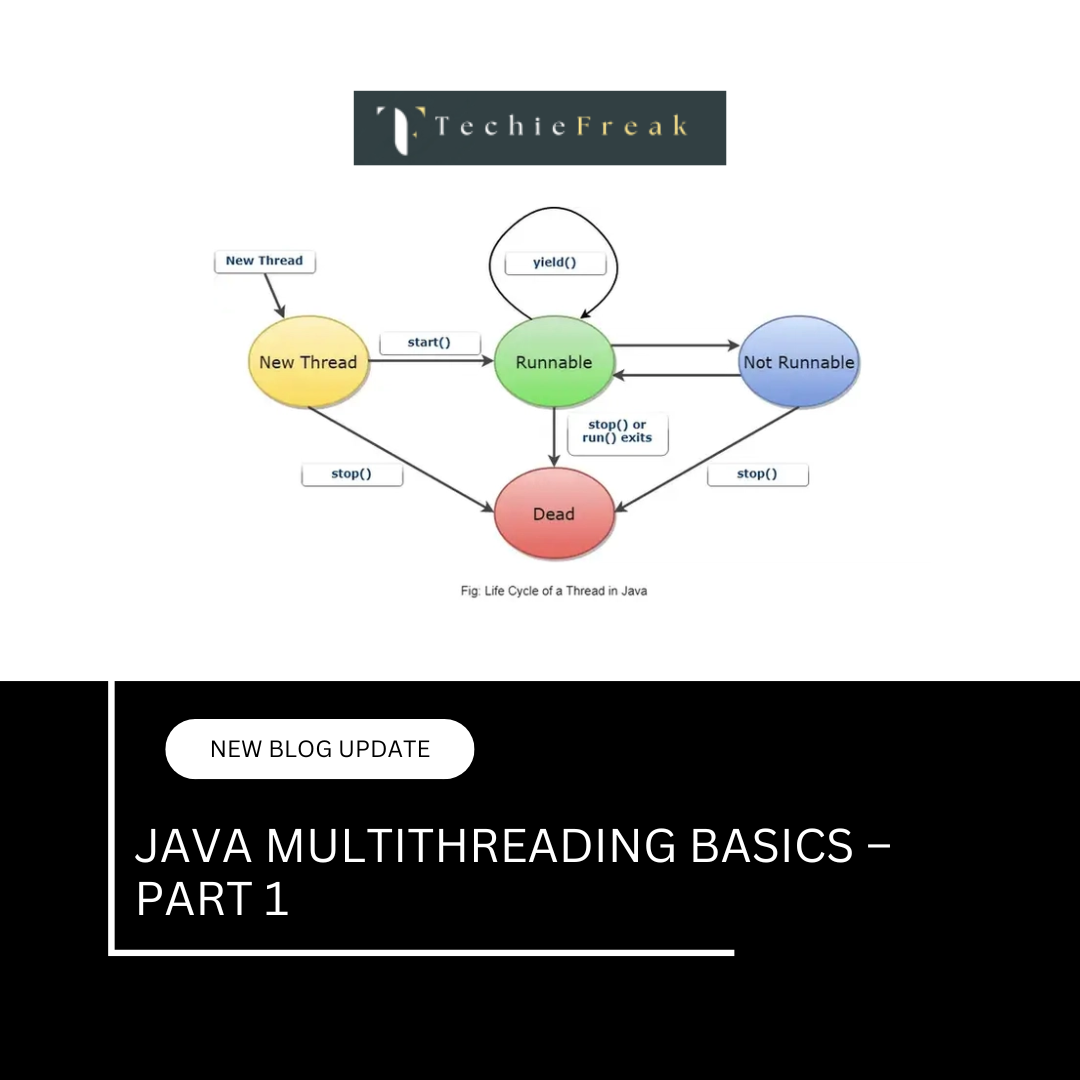
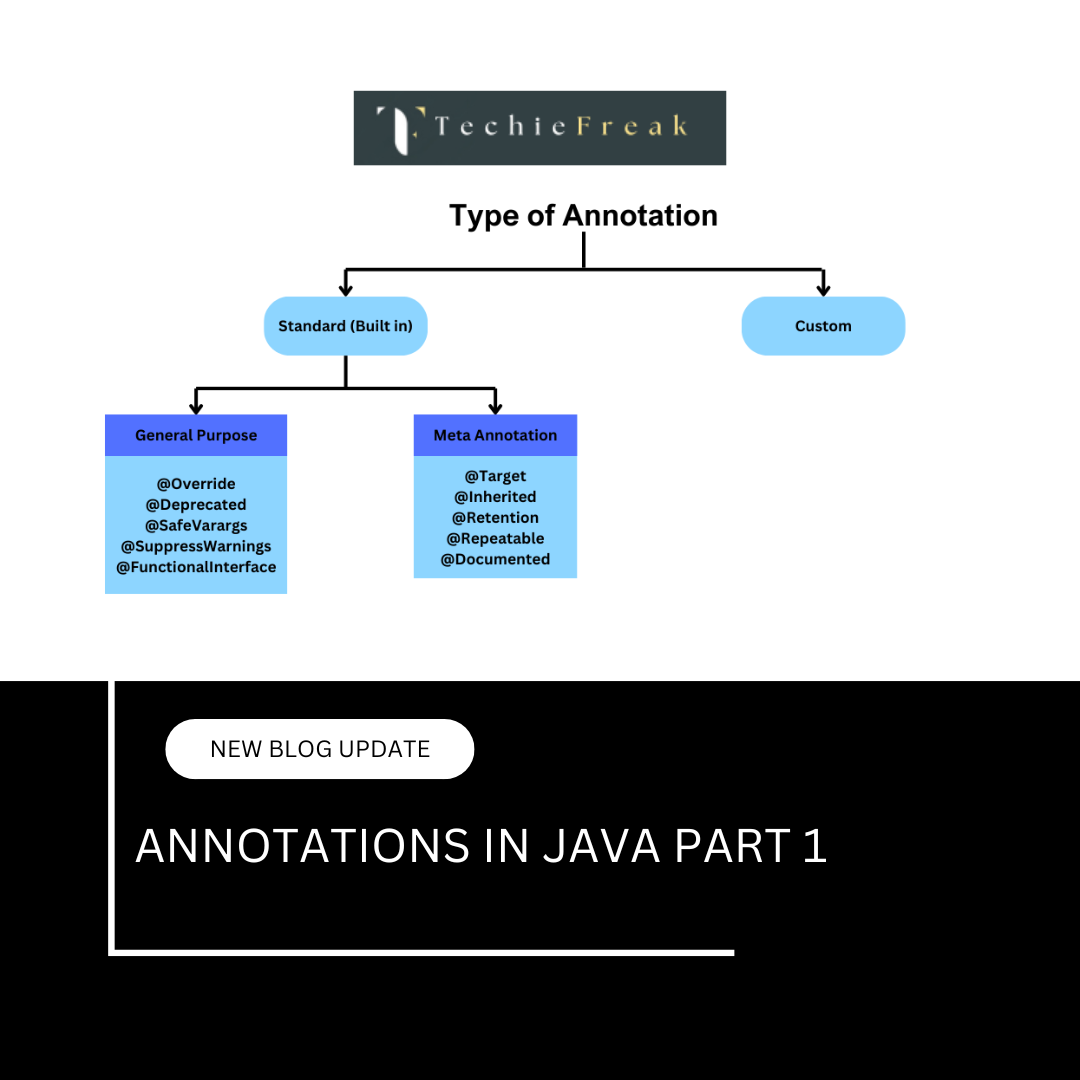
 (18).png)
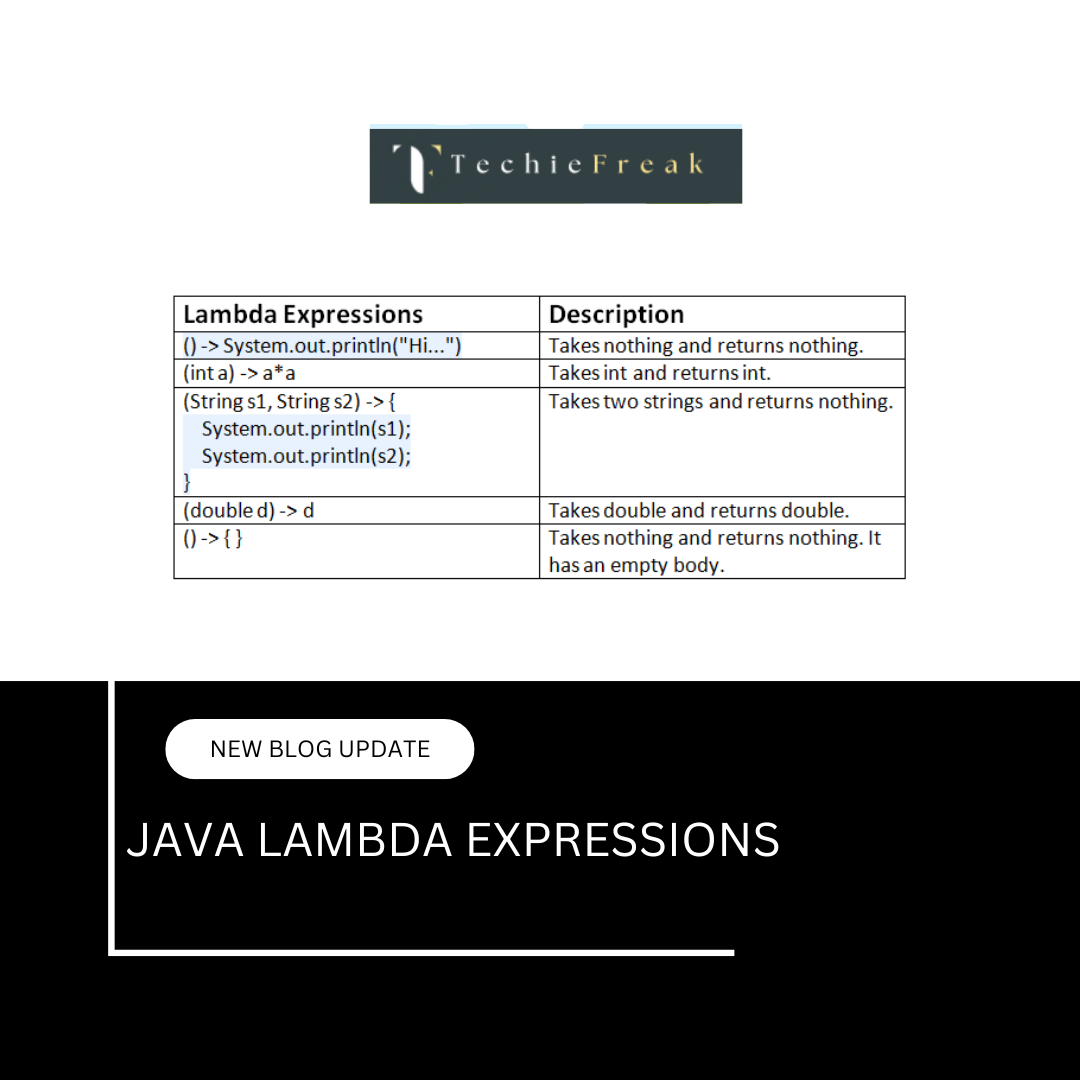
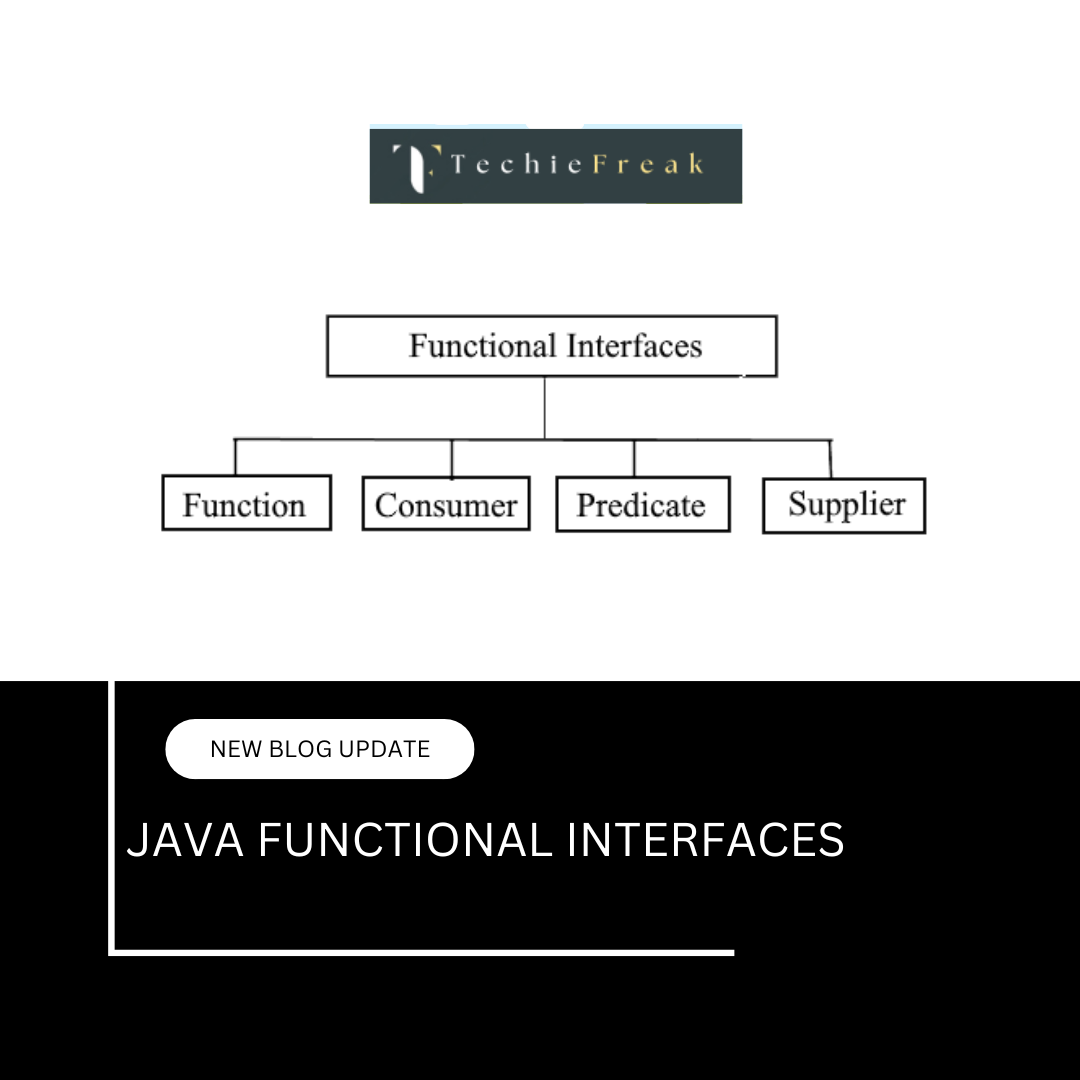
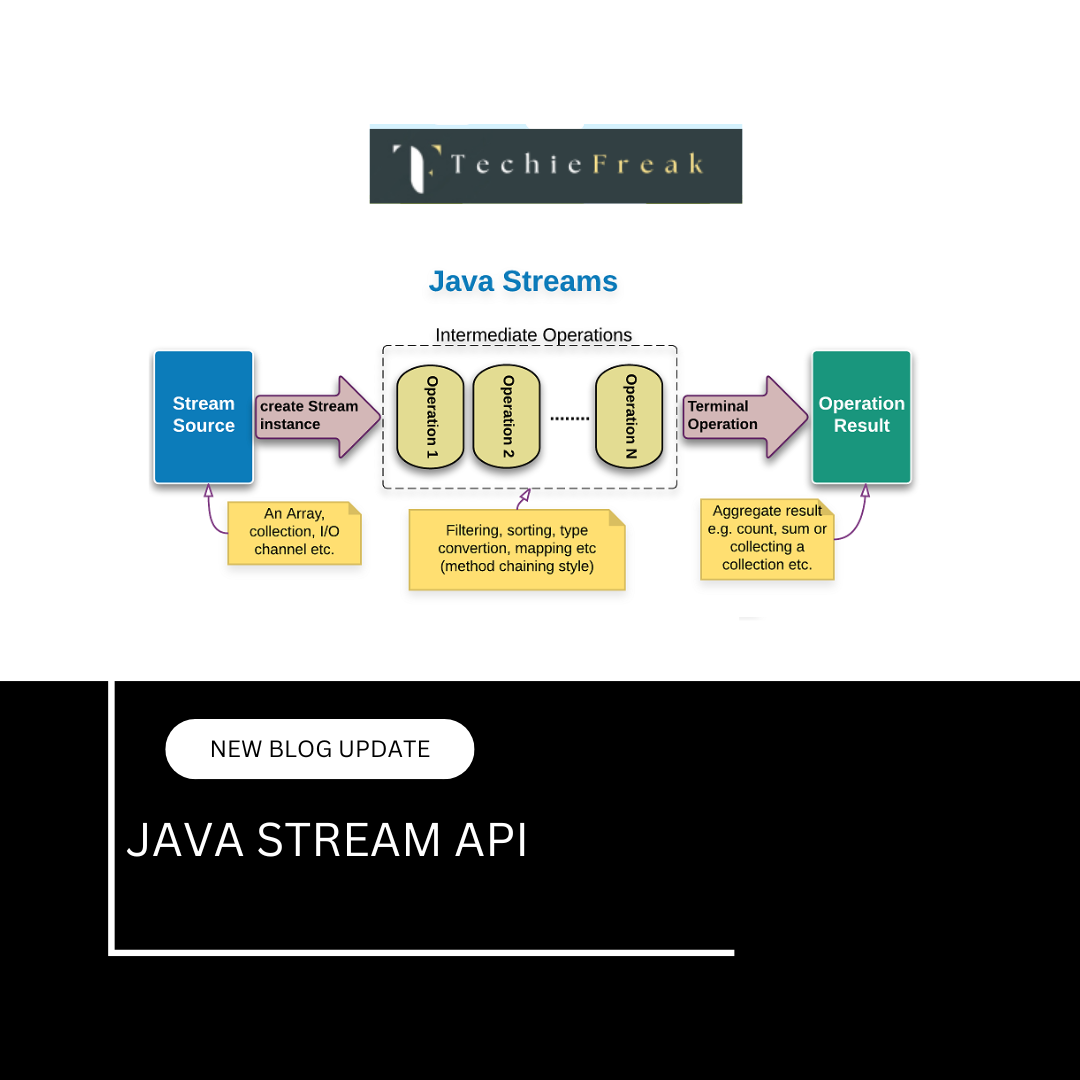
.png)
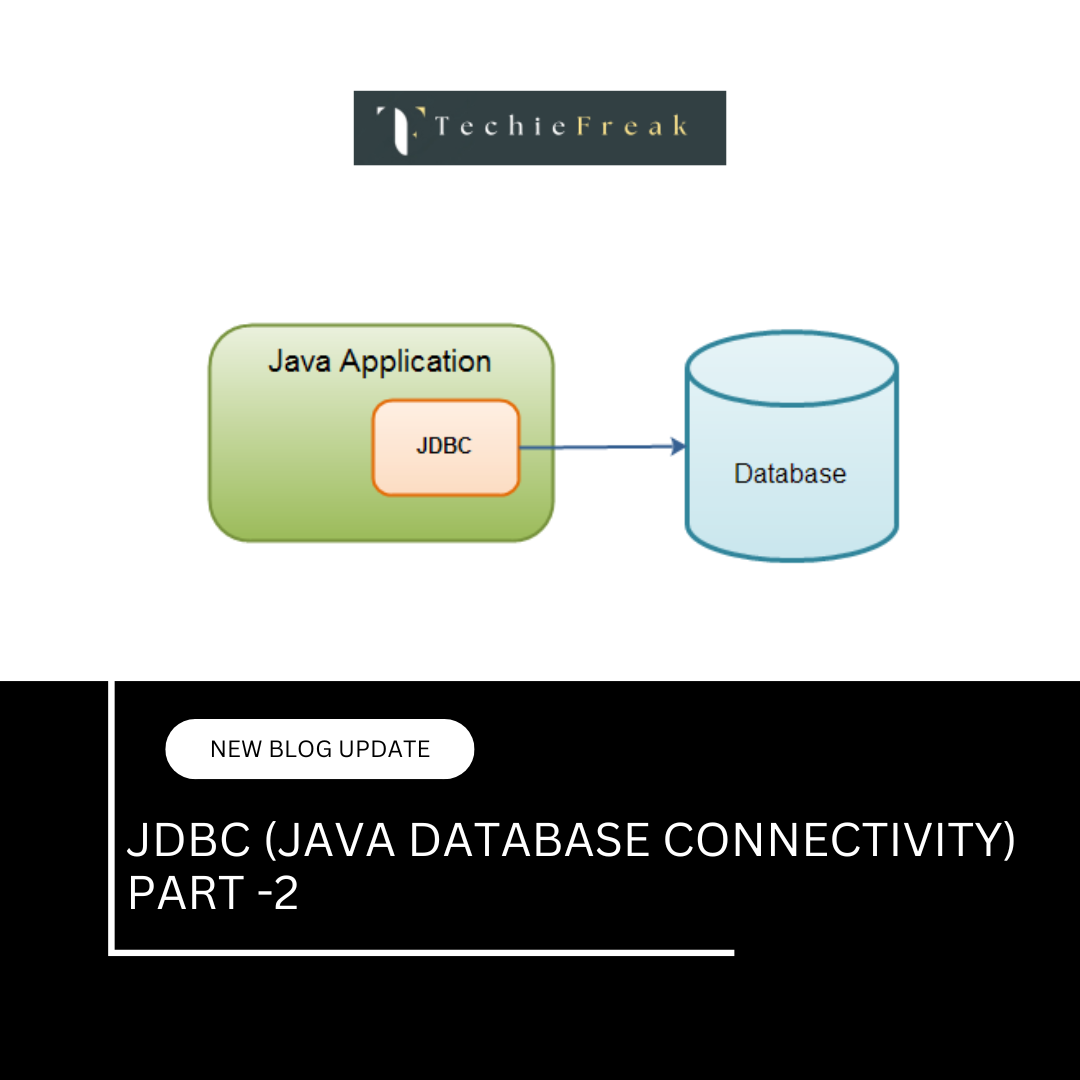
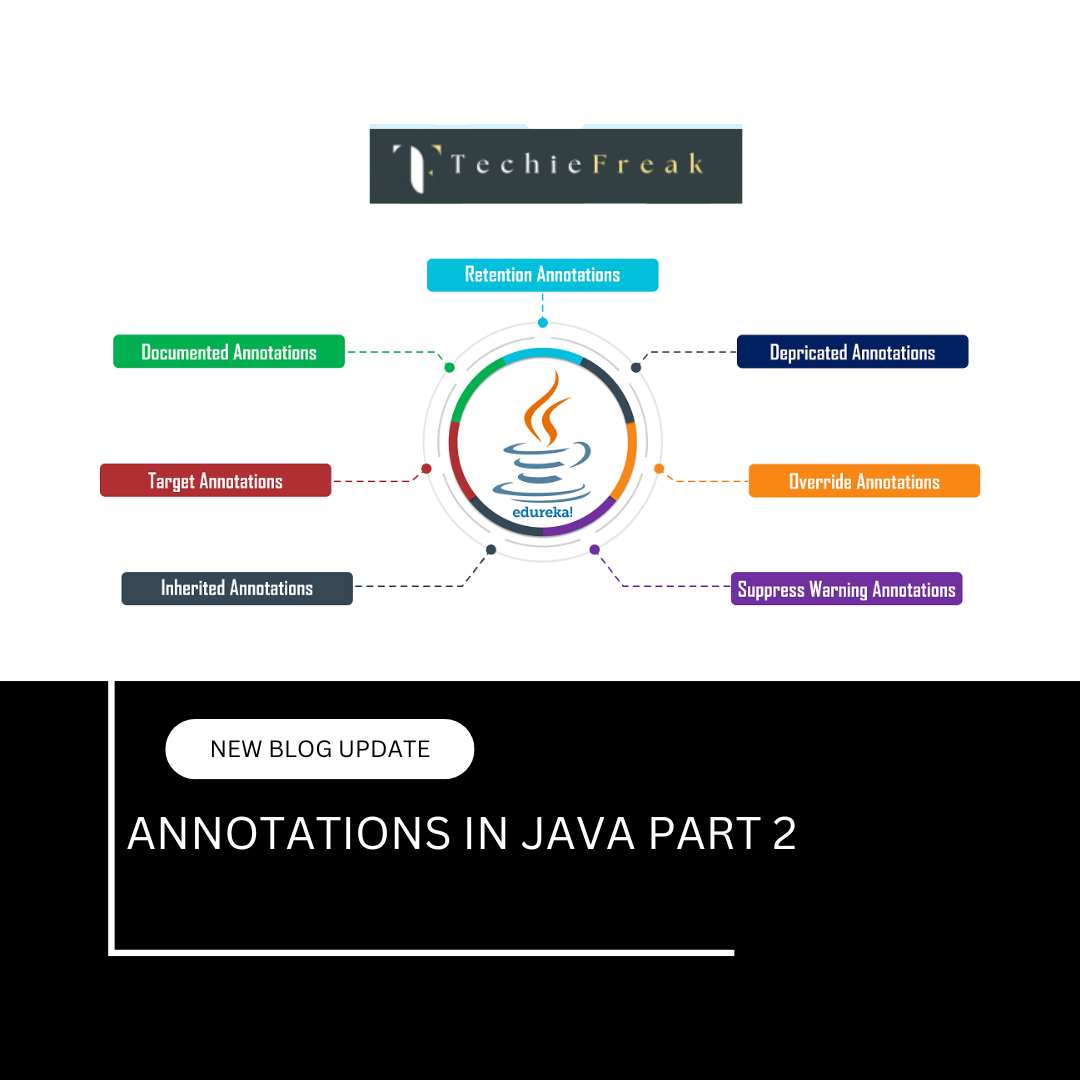
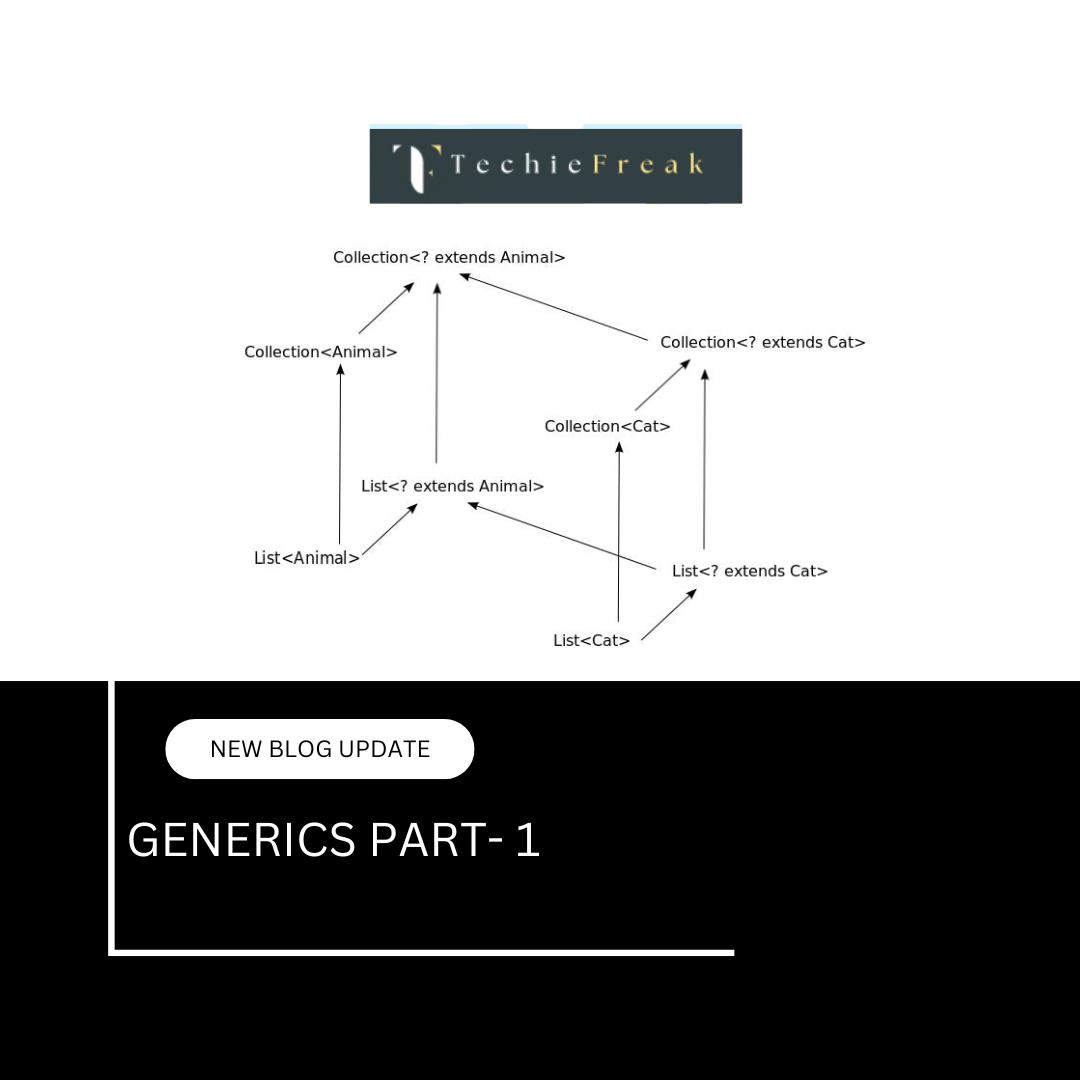
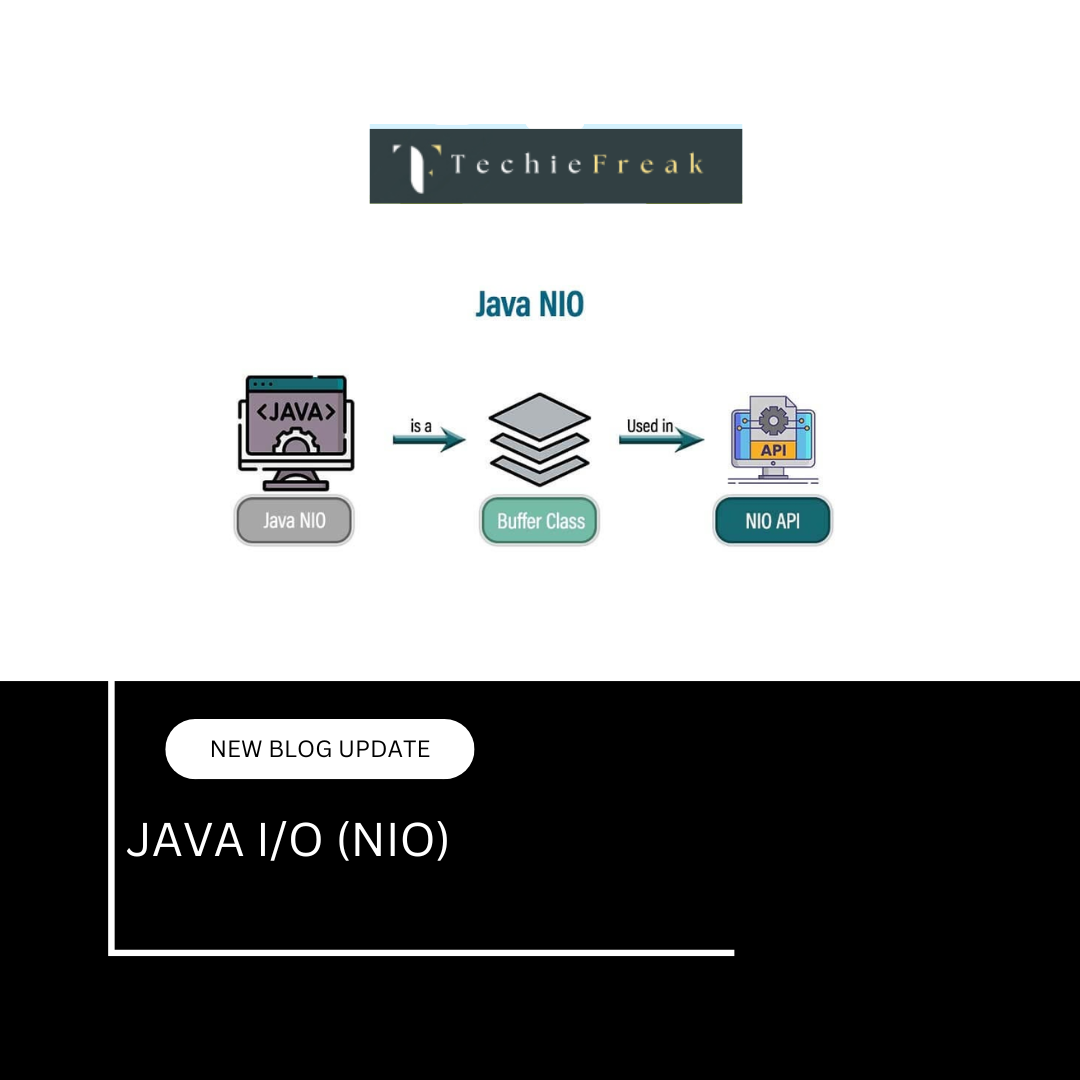
.png)
 (1).png)
 (2).png)
 (3).png)
 (4).png)
 (5).png)
 (6).png)
 (9).png)
 (7).png)
 (10).png)
 (8).png)
 (10).png)
 (12).png)
 (13).png)
 (13).png)
 (15).png)
 (16).png)
 (19).png)
 (20).png)
 (21).png)
 (23).png)
 (24).png)
 (25).png)
 (26).png)
 (27).png)
 (28).png)
 (29).png)
 (30).png)

 (31).png)
 (32).png)
 (33).png)
 (34).png)
 (35).png)
 (36).png)
 (37).png)
 (38).png)
 (39).png)
